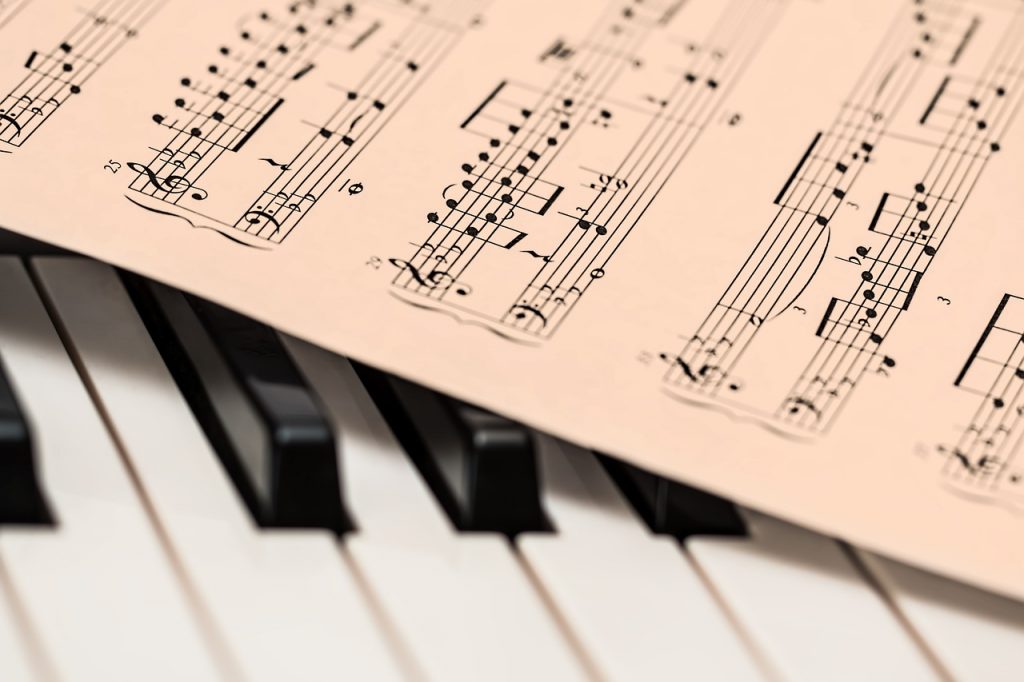The origins of South Indian music date back to prehistoric times. Musical instruments are a favorite subject for sculptors, artists and authors of ancient Tamil and Sanskrit texts. Vocal and instrumental genres have since been associated with one collection of compositions and themes. They form the basis for creative deepening and self-expression.

Several threads were intertwined in the history of Indian music. Music was cultivated by nobles and ordinary people. A look at the literary heritage of India, including poetry, drama, mythology and scientific texts, reveals a constant search for new ideas. The same can be said of artists, instrument makers and experienced amateurs.
The resulting “art music” is actually a mixture of various “regional” or “original” styles (desi). Today it is studied all over the world because of its continuity, infinite variety and rare ability to self-rejuvenation. If you want to listen and learn more about the Tamil or Malayalam Music, get New Malayalam Songs Free Download here.
Music odes to memories
Karnat music owes this name to the Sanskrit term “Karnâtaka Sangîtam”, which means “traditional” or “codified” music. The corresponding Tamil concept is called Tamil Isai. These terms are used by scholars who support “classical” credentials and establish the “scientific” moorings of traditional music. In addition to Sanskrit and Tamil, Telugu, Kannada and Malayalam have long been used for lyrics.
Purandara Das (1484-1564), a prolific poet and composer and mystic Vijayanagara, presented a music course to this day. Since the 1600s, hundreds of rags (types of tunes) have been distributed among 72 Melakarta rags (scales).
The type of song acting today, known as critical (literally “creation”), was popularized by the most revered poet and composer of South India, Tiagaraja (1767-1847), his contemporaries Shyama Shastri and Muttuswami Dikshitar (collectively known as “Trinity” in Karnat music) and their students. Their songs are based on the kirtan tradition – stunning, easy to remember songs that are combined in the texts of South and North Indians.
Melodic Themes
These songs consist of two or three melodic themes (pallavi, anupallavi and charanam) and continue to include creativity, even showing virtuosity, among contemporary singers and instrumentalists.
The characteristic concert format of “Karnat music” developed in the 20th century. The performer can draw inspiration from sacred texts and epics, mythology, aphorisms, patriotic poetry, stories, customs and dances associated with a particular center of pilgrimage or training; and ends with “light” songs, such as lullabies and love poetry (objects of tukkada).
Whatever the personal background and aspirations, Carnatic music is still a search for undiluted aesthetic experience (race). Three basic concepts are necessary for everyday practice, as well as for a proper understanding: raga (melodic rendering at minute intervals and rich decorations), tala (rhythmic order, characterized by mathematical precision) and bhava (emotion, expressiveness).
Conclusion
This music has brought about a revolution and case studies for coming composers or musicians generation to learn and add up to it. It is to be believed that this era will be the traditional music revival era.
